Did you know that India has the oldest golf club in the world outside Great Britain as well as the highest, at Gulmarg at an altitude of 2,700 meters in Kashmi! This is what makes it a glorious sport with a compelling history and a growing future of Indian golf.
Other sports, such as cricket, kabaddi, football, and wrestling, may have great user engagement and fan followings due to their popularity in India and fast-paced nature. Golf, on the other hand, is widely misunderstood as a more relaxing and pastime sport enjoyed mainly by the urban elite. Nonetheless, golf has a lengthy and incredible history in India, dating back to the country’s independence. Among other sports industries, golf has exhibited tremendous potential for a promising future.
Fascinating History of Indian Golf
India became the first country outside of Great Britain to take up golf, which was heavily influence by the British. Not known to many, The Royal Calcutta Golf Club, founded in 1829, is India’s oldest golf club and the first outside of the United Kingdom. With the expanding British influence in the Indian empire, the 18th century saw a proliferation of new golf courses in India. Golf sought a new home wherever there was open land and grass.
Soon after more local golf clubs was established in Bombay, Bengaluru, Madras, Shillong, and Srinagar. After WWII, Indians started to show some supremacy in the championships, which had previously exclusively seen British triumphs. IS Malik and Mohinder Bal being at the frontline among the Indian achievers.
In 1957, a group of golfers came together to create the Indian Golf Union (IGU), which serves as the governing body for the sport. Following this, The Indian Open, India’s first international golfing event, was held at the Delhi Golf Club in 1964. India got formal invitation to compete in the Golf World Cup in 1969 as a result of the growing popularity of this tournament, which over the next few years played a significant role in the world realizing India’s potential as a golfing nation.
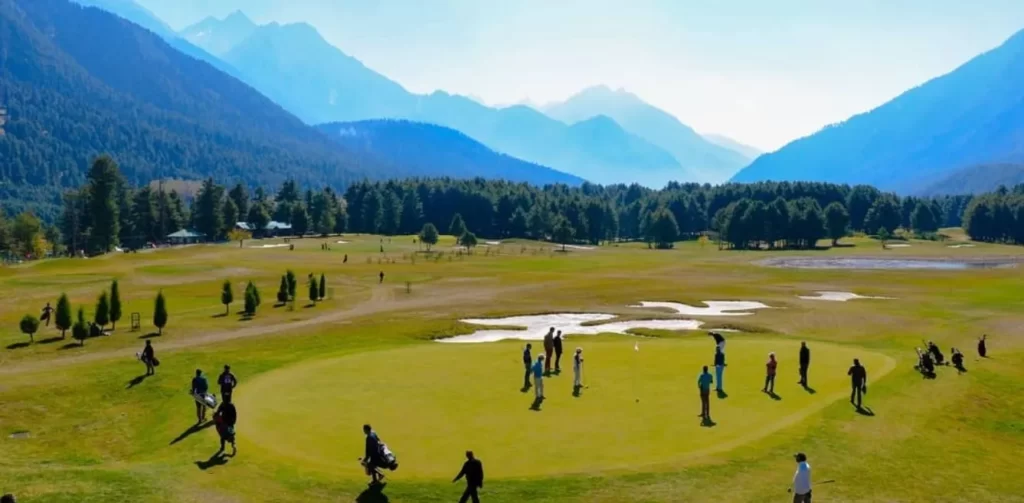
Indian Golfers: Gaining identity as a “Competitive sport”
India’s journey of becoming a “competitive golf playing nation” has been arduous but encouraging. It started in 1955 when the Indian Golf Union was established, and Indian golf acquired its own identity as a result of no longer being governed by the British Raj. This apex golfing organization began with just six golf clubs under its administration, with the goal of promoting golf and preserving a high level of the game, which now has 194 clubs.
Golf in India gets its identity from events like The Professional Golf Tour of India (PGTI), one of the most popular golfing events in the country, which was founded in 2006 with the goal of streamlining professional golf in India. It includes prominent players and corporate partners and strives to develop professional golf and provide possibilities for its members to compete on an international platform. Also provides a forum for player members to express their issues as pro golfers.
The Indian Open, which was first held in 1964, is another example. Various corporate entities have funded the event over the years, with Hero MotoCorp serving as the current sponsor. Indian Open, which is now a significant component of the Asian Tour, has played an important role in popularizing the sport and golf in India and putting Indian golf on the world map.

Legends of Indian Golf Players
Bilooo Sethi- The First Indian Open took place in 1964 when every Indian was filled with pride and in 1965 when PG (Billoo) Sethi became the first and only Indian to defeat a formidable foreign opponent and claim the title as an amateur. Sethi also compete for India in the 1973 Asia-Pacific Championship, which was in Jakarta.
I.S. Malik- In 1892, the first All-India Amateur Championship was held. I.S. Malik is renowned for being the first Indian golfers to make an impact by achieving runner up position from 1945 to 1948, in this tournament.
Jeev Milkha Singh – He finished 2006 as Asia’s No.1. His career comprises four titles on the European Tour, four on the Japan Golf Tour, and six on the Asian Tour. He also holds the honor of becoming the first Indian to enter the World Top 100, with a career-high rating of 28 in 2009 and has also won two Asian Tour Order of Merit titles. He received the Padma Shri honor in 2007 as a result of his accomplishments.
Arjun Atwal – The first golfer born in India to join, and later win a tournament on, the PGA Tour, which is based in the United States. Arjun Atwal is one of the seasoned professional golfers who rose to the top of the Asian Tour and the European Tour.
Anirban Lahiri – He is another big name in golf who has won seven Asian Tour competitions and two on the European Tour. Anirban Lahiri, an Olympian from Rio 2016 with two master’s participation, is the first golfer from India to have done so. In 2015, Lahiri competed in his first Masters tournament and made the final, becoming the second golfer from India to do so after Jeev Milkha Singh.
Jyoti Randhawa – Between 1998 and 2009, Jyoti won the Asian Tour eight times. He also had a strong showing on the European Tour, finishing second in the 2004 Johnnie Walker Classic. Jyoti Randhawa, was one of the players to qualify the Asian Tour Order of Merit in 2002 became the first Indian-born player to qualify for the PGA Tour in 2010 and went on to win the Wyndham Championship.He has also been awarded the Arjuna Award.

Golfers in India from Classes to the Masses
Golf isn’t merely a sport for the modern world or a pastime for the privileged. This is still a distant dream to achieve. Golf is still not accessible and played by a diverse range of people. Though Golf is gradually finding its place in the Indian sporting ecosystem, mainly because of shifts on various levels, most notably in people’s perceptions and attitudes toward the game. However there still persists many challenges of providing greater platforms for golf and golfers to people from all classes of the society in an effort to make it more accessible to all.
Financial viability is another challenge. While there have been changes in mindset, however the game is rather expensive and not everyone might have the resources to pursue it professionally and that is a reality. Companies like Troon Golf are coming forward to sponsor and associate with almost 1000 plus golfers globally.
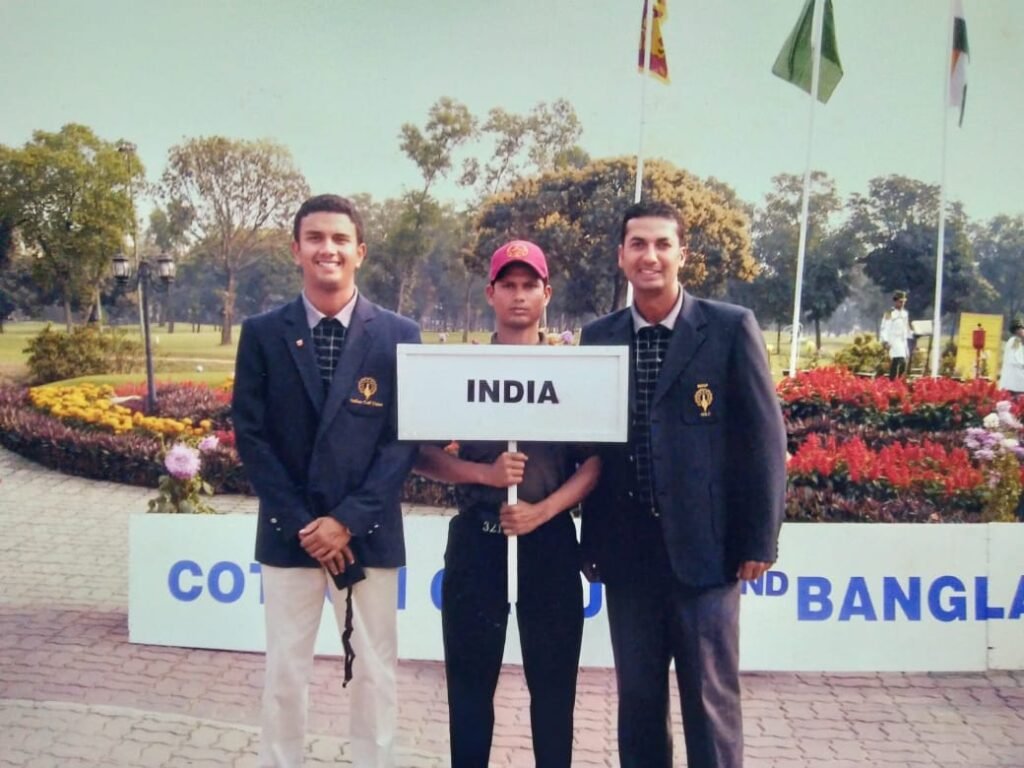
Tarun and his Team in Indian Golf at IPI (Irrigation Products International)
Tarun Prakash Ghogale is a former National Amateur Golfer who is now a Golf Operations Management Guru. He has represented India on numerous occasions in golf tournaments and has been an integral part of the National Amateur Golf Team. As a young Indian golfers, he came 4th in the Golf tournament held in Pakistan where he felt that the presence of a mental coach or sports psychologist would have made a difference. At the event held in Sri Lanka, however Tarun and his team were able to achieve a compelling victory over Pakistan.
Tarun describes the event held in Pune in 2007 to be one of his careers best and in the same year Tarun ranked 2nd almost five times the same year across different competitions. Post his bright sports career, he ventured into the world of Real Estate, Hospitality and Lifestyle sectors. He is currently serving as the Director of Golf and Regional Head of Irrigation Products International Pvt Ltd which prove to be a great second career for him. Tarun also advocates for supporting the underprivileged in pursuing their passion for golf and had organized a competition where 100+ caddies from Maharashtra had participated.
Indian golf has advanced substantially, and as a result of the joint efforts of many people and governing bodies, the game is now played in every city across the country. With tremendous momentum, changes in perception and extraordinary talent, golf has the potential to be one of India’s top sports. Golf in India should be an enjoyable experience for all who want to play it recreationally and should also inspire players to participate in pro tournaments to increase its global presence in the future.
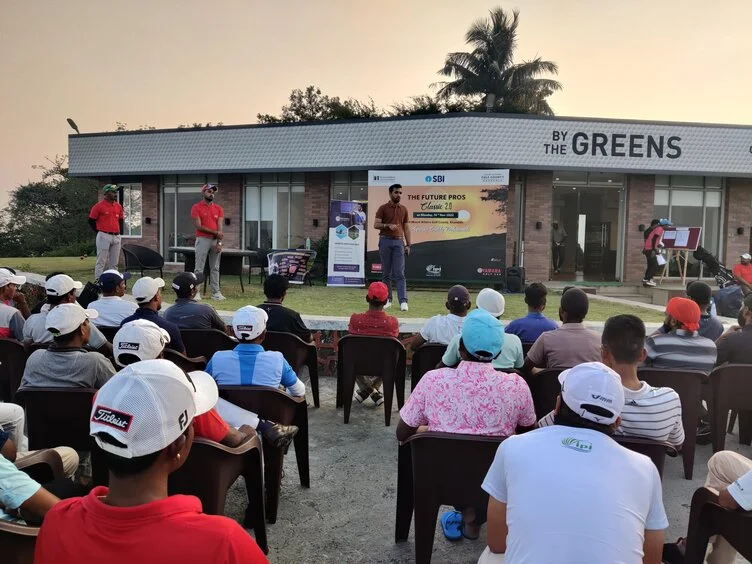
Mindset matters: Sports psychology of Golfers in India
It is well established that Golf is 90% mental, and this is well supported by legendary golfers, sports scientists and researchers. We at Mandeha have been a part of several occasions and tournaments where we have worked with golfers towards spreading awareness about the role of sports psychology and imparted mental training in Golf. One such recent experience was “The Future Pros 2.0 Tournament” organized at the Mt. Alterra Golf County at Khandala with a participation of over 90+ future pro golfers.
It was nothing less than an experience to witness the players and give our inputs to help them improve their mental wellbeing and performance. We at Mandeha successfully delivered sports psychology courses to empower them in achieving their goals and bring laurels to the country in the future. We extend our services to help all golfers with providing mental conditioning coaching throughout the practice and tournaments.
One of our latest published articles also discusses the mental side of golf in great detail. With changes seen in mindset, there have also been several other changes in the golf industry in India that we have covered in the next section.

Changes Golf in India
The game of golf has advanced significantly in India, and many players now participate in international competitions. Golfers in India loves to continue increase in number, and new courses are developing practically every year.
1. Increasing popularity and participation
Golf has seen a sharp rise in popularity and participation among the general public as a result of its inclusion in the Rio Olympics and the participation of Indian athletes in the Tokyo and Paris Olympics. A growing number of people have interest in participating in the sport, with some expressing a great desire to represent their country.
2. Hospitality avenues
A number of golf courses and clubs have to integrate with hospitality avenues to further make the game widespread. Golf & Leisure Destinations are an upcoming trend in India like the alluring property of Oxford Golf Resort boasts of Pune’s only 18-hole private golf course with its 7020 yards Par 72 course, a golf academy, 5-star hotel and leisure facility set amidst close proximity to Pune City. Some other popular names include Eagleton – Golf Village in Bangalore, DLF Golf and Country Club in Gurugram, Royal Calcutta Golf Club etc.
3. Blooming young talent
Developing the game’s youth circuits is receiving more attention to produce more opportunities for future generation players and give a platform to young golfers to explore the game. Popular events like PGTI also serve as a springboard for young amateur Indian golfers to hone their skills and participate in the national and international tournaments.
4. Executive golf
Executive golf is also slowly blooming. More and more corporates are turning to golf to disengage from their monotonous professional life and rejuvenate. India’s top corporates compete in the World Corporate Golf Challenge, the country’s most prestigious corporate golf competition, in an effort to advance to the world final in Portugal. Executive golf is associate with business executives and working professionals who play golf during professional breaks, for business meetings, networking, or at the end of a long working day.
5. Momentum of women’s golf
Women golfers are proving that the game is not just for men. Women are becoming more interested in it, as they have in many other sports that were originally reserved for men. Several Indian women golfers are breaking through, with three of them competing in the 2020 Women’s Open: Aditi Ashok, Diksha Dagar, and Tvesa Malik. With this, we see a rising momentum of women in golf! Many Ladies tours are sponsor by HERO to support women in golf.
6. The Olympic Dream
Prior to making a spectacular comeback over a century later for Rio 2016, Tokyo 2020 and Paris 2024, golf was a part of the Olympic program in 1900 and 1904. The top golfers in the world will return to Paris in 2024 to compete for the Olympic gold yet again. India will bet its hope on the young rising golfers like Aditi Ashok and Shubhankar Sharma who have splendid recent records in their name.
Aditi Ashok came close to winning a medal at Tokyo 2020 and Shubhankar is the youngest Indian golfer to play at the master’s where he enters the world’s top 100 back in 2018 at the age of just 23. Thus, they can prove to be strong contenders in the race for an Olympic medal.
Conclusion: Future of Indian Golf is Indeed Bright
Since India’s independence, golf in India has redefined itself multiple times and found a place for itself in the world standing. India has a vibrant golfing culture, but if the country hopes to make history in the sport, it must make the most of its quickly expanding resources.



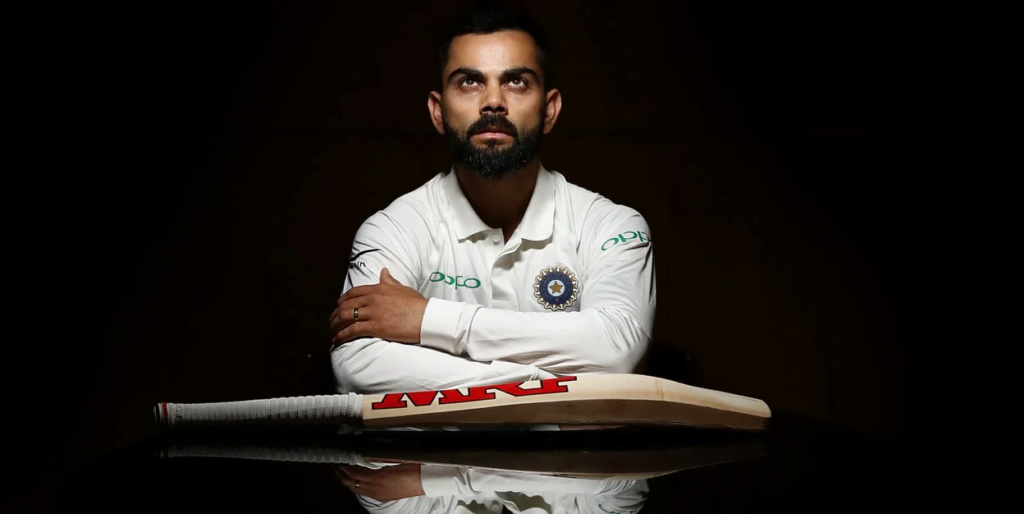
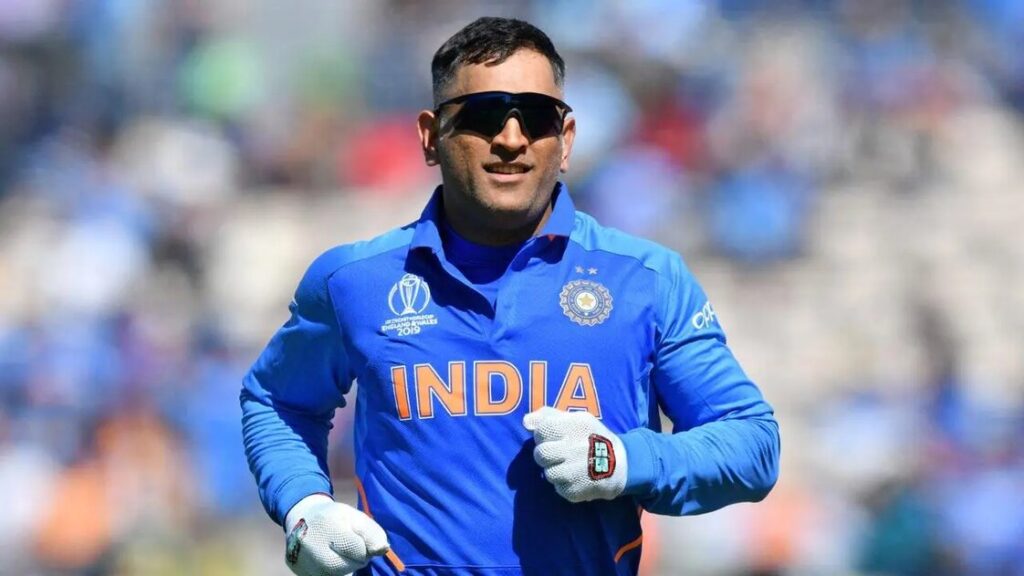




I always perceived golf to be as expensive sport, but thanks for the insight that we can play and be a part of this sport too.
Glad you liked! thanks.
You have missed out on the importance the NE states have especially Assam in the history of evolution golf in India. Jorhat Gymkhana Course is the 2nd oldest after RCGC and the states boosts of having golf over 30 golf courses many of them developed by the then British planters and the army. There are trophies over 100 years old still being played in the state. The shillong golf course is the most picturesque golf course the Britishers built.
Thank you for sharing such valuable information about the rich golfing history of the Northeast states of India, especially Assam. Your comment provides great insight into the evolution of golf in India and the significant role that these states played in its development. I will be sure to include this information in my future articles. Thanks again for taking the time to read and share your knowledge with us. Have a great day!